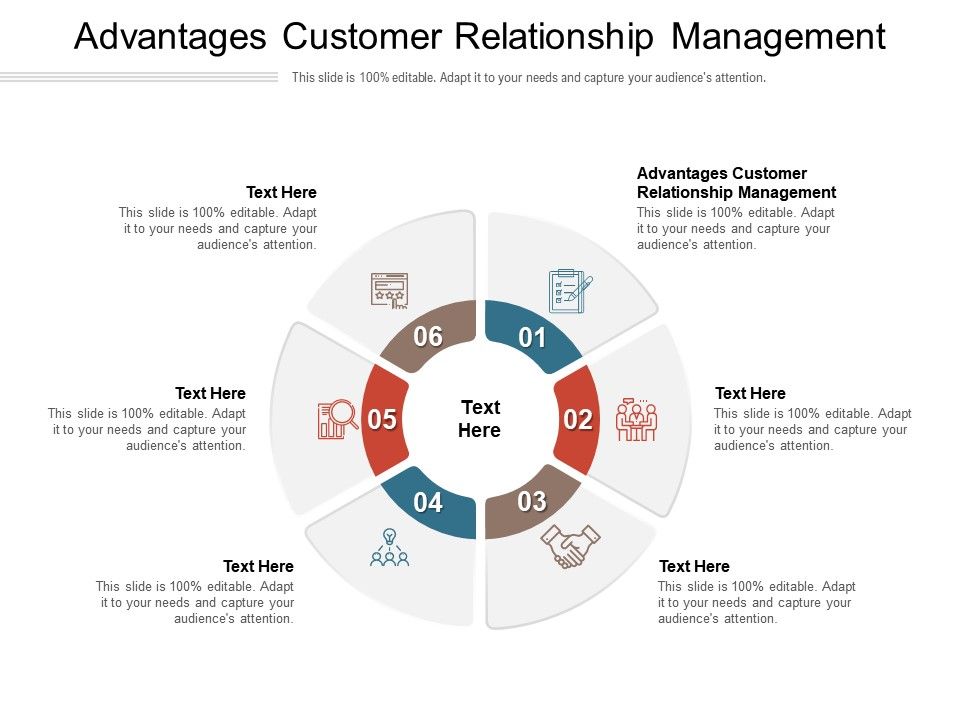
Forex line trading is a powerful yet simple method used by traders to analyze market movements and make more informed decisions. By using lines—especially trend lines—on forex charts, traders can identify patterns, support and resistance levels, and potential breakout points.
In this guide, we’ll break down what forex line trading is, how it works, and how you can use it effectively—even if you’re just starting out.
What is Forex Line Trading?
Forex line trading involves drawing lines on price charts to identify key levels in the market. These lines help traders see the overall trend, determine entry and exit points, and anticipate future movements.
Key Lines in Forex Trading
The most common lines used in forex line trading include:
-
Trend Lines
-
Support and Resistance Lines
-
Channel Lines
-
Moving Averages (used as dynamic lines)
Each of these plays a unique role in technical analysis and decision-making.
Understanding Trend Lines
What is a Trend Line?
A trend line is a straight line drawn on a forex chart that connects two or more price points. These lines represent the direction of the market—either upward, downward, or sideways.
-
Uptrend Line: Drawn by connecting higher lows in an uptrend.
-
Downtrend Line: Drawn by connecting lower highs in a downtrend.
Trend lines help you visualize whether a currency pair is gaining or losing strength.
Why Use Trend Lines?
Using trend lines can help you:
-
Identify market direction
-
Spot entry and exit opportunities
-
Confirm breakout patterns
-
Avoid trading against the trend
Trend lines also serve as psychological barriers, where price often bounces or breaks through, signaling a potential trend change.
Support and Resistance Lines
Support and resistance are horizontal lines drawn at price levels where the market has historically reversed or paused.
-
Support: A level where price tends to find buying interest and bounce upward.
-
Resistance: A level where price often faces selling pressure and drops.
These levels are critical for forex traders, helping them place stop-loss orders, set profit targets, and plan trades with better risk management.
How to Trade with Line Strategies
Step 1: Identify the Trend
Before drawing any lines, look at the chart timeframe (e.g., 1 hour, 4 hours, daily) and determine if the market is trending or ranging.
Step 2: Draw Your Lines
Use tools available in your trading platform (like MetaTrader 4 or TradingView) to draw:
-
Trend lines connecting recent highs/lows
-
Horizontal lines at clear support/resistance levels
-
Channel lines if price is moving between two parallel levels
Step 3: Watch for Breakouts
When price breaks a trend line or support/resistance level, it often signals a continuation or reversal. Traders use this as a potential entry or exit point.
Pros and Cons of Forex Line Trading
Pros:
-
Simple and easy to learn
-
Works well with other indicators
-
Helps clarify market structure
-
Useful in both short-term and long-term trading
Cons:
-
Subjective (depends on how you draw the lines)
-
May produce false breakouts
-
Doesn’t guarantee price behavior
Best Practices for Line Trading
-
Combine line trading with indicators like RSI or MACD for confirmation.
-
Always use a stop-loss to protect your capital.
-
Practice on a demo account before applying strategies to real trades.
Final Thoughts
Forex line trading is a straightforward yet effective strategy for navigating the fast-paced world of currency trading. By mastering how to draw and interpret trend lines, support, and resistance, you can gain clearer insights into market behavior and make better-informed decisions.
It’s not about predicting the market perfectly—it’s about stacking the odds in your favor using simple tools that stand the test of time.





